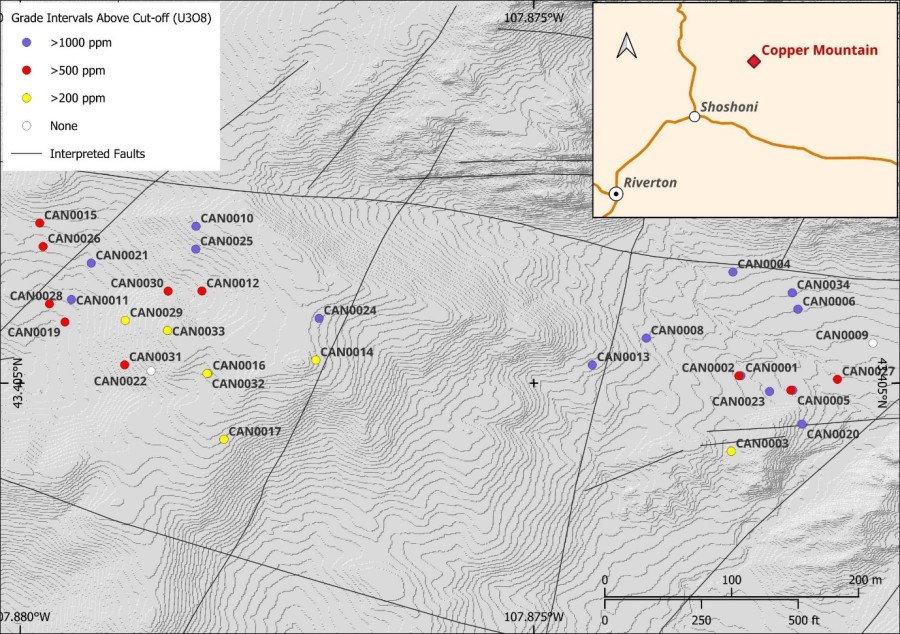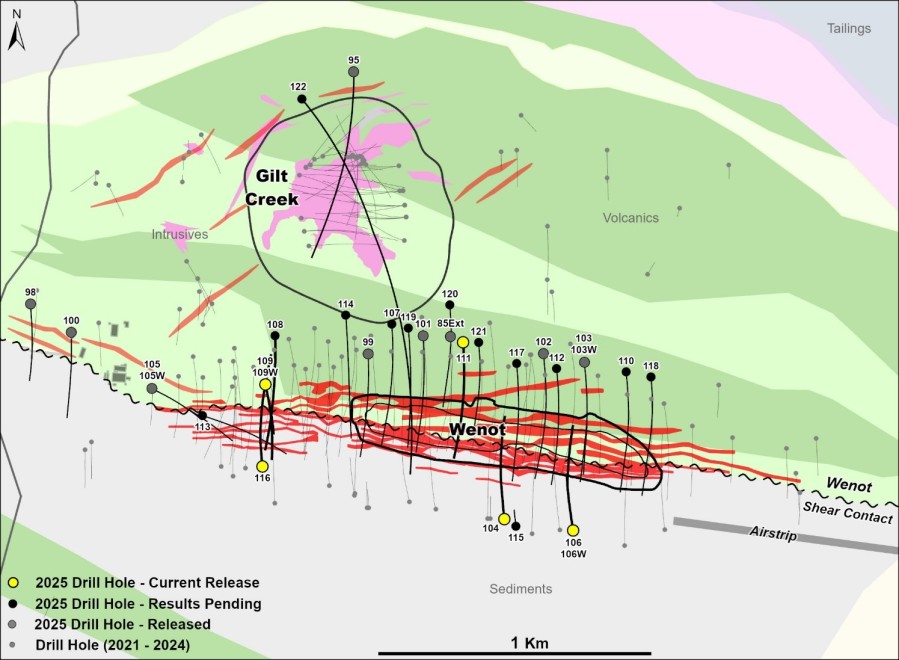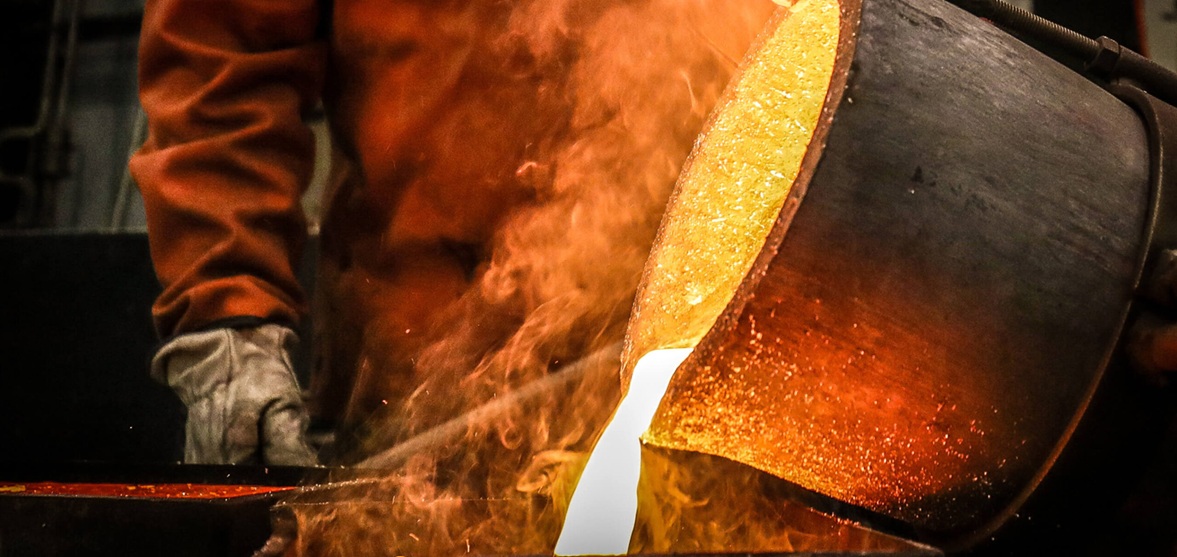- US$1.13 billion (C$1.45 billion) after-tax NPV at 8% discount rate and IRR of 24.4%
- PEA based on a production rate of 35,000 tonnes of lithium carbonate per year
- Processing based on simple and proven solar evaporation technology
- Expected mine life of 20 years with a 3 year ramp up period starting 2021
- Fully loaded operating cost of US$2,791 per tonne of lithium carbonate
- Total capital expenditure of US$588.7 million
Neo Lithium Corp. ("Neo Lithium" or the "Company") (TSX VENTURE: NLC) (OTCQX: NTTHF) announces the results of its preliminary economic assessment ("PEA") for the production of lithium carbonate from its wholly owned Tres Quebradas lithium brine project ("3Q Project") in Catamarca Province, Argentina.
By-products (such as potash, calcium chloride and boric acid) are not included in the PEA, and could potentially add incremental value to the 3Q Project. All figures are quoted in U.S. dollars. Currency exchange based on current rate.
The PEA was prepared by GHD Chile SA ("GHD"), a leading full-service independent engineering services firm with a solid track record in servicing and analysing the design and construction requirements for some of the largest and lowest cost lithium-potash brine processing facilities in Chile and Argentina.
"We are very pleased to have advanced this project from discovery to PEA in less than two years," stated Waldo Perez, President and CEO of Neo Lithium. "We will continue to rapidly advance our wholly owned 3Q Project with a view to a full feasibility study towards the end of 2018 along with project finance, and mine construction soon thereafter."
"The results highlight that the 3Q Project has the potential to become a significant low-cost lithium carbonate producer," stated Constantine Karayannopoulos, Chairman of the Company. "The PEA clearly demonstrates the attractive economics associated with our 3Q Project. We are looking forward to developing a long-life, low cost operation in an industry that is growing at an accelerated pace with robust global demand and interest coming from different parts of the globe."
Preliminary Economic Assessment Highlights
| After-Tax Net Present Value ("NPV") @ 8% Discount Rate | US$1,128 million |
| After-Tax Internal Rate of Return ("IRR") | 24.4% |
| Capital Expenditures | US$588.7 million |
| Cash Operating Costs (per tonne of lithium carbonate) | US$2,791 |
| Average Annual Production (lithium carbonate) | 35,000 |
| Mine Life | 20 years |
| Payback Period (from commencement of production) | 1 years 12 month |
The economic analysis is based upon measured, indicated, and inferred mineral resources only. Mineral resources that are not mineral reserves do not have demonstrated economic viability. The PEA is preliminary in nature and includes inferred mineral resources that are considered too geologically speculative to have the economic considerations applied to them that would enable them to be categorized as mineral reserves. There is no certainty that the 3Q Project envisioned by the PEA will be realized. The economic analysis of the PEA is based, among others, on the following main assumptions: a) 100% equity financing; b) construction commencing in 2019; c) production ramp up of three years from 2021 to 2023; and d) all capital costs, operating costs and revenues in the economic model are calculated on a constant U.S. dollar basis.
Capital Costs
The total direct capital costs of the Project are estimated to be $450.1 million, excluding indirect costs and contingencies. The total initial capital costs of the project are estimated to be $588.7 million. Contingency costs are comprised of 15% of the direct costs.
| Description | US$ Million |
| Direct Costs | |
| Evaporation Ponds and Wells | $323.0 |
| Plant Facilities and Equipment | $67.3 |
| Infrastructure and Others | $59.7 |
| Direct Costs Subtotal | $450.1 |
| Indirect Costs | $70.8 |
| Contingency | $67.8 |
| Total Initial Capital Costs | $588.7 |
Operating Costs
| Description | US$000/yr | US$/tonne Li2CO3 (lithium carbonate) |
| Direct Costs | ||
| Chemical Reactives and Reagents | $53,934 | $1,541 |
| Salt Removal and Transport | $23,620 | $675 |
| Energy | $10,820 | $309 |
| Manpower | $4,713 | $135 |
| Catering and Camp Services | $1,659 | $47 |
| Maintenance | $1,570 | $45 |
| Direct Costs Subtotal | $96,317 | $2,752 |
| Indirect Costs | ||
| General and Administration | $1,359 | $39 |
| Indirect Costs Subtotal | $1,359 | $39 |
| Production Total Costs | $97,677 | $2,791 |
Lithium Markets and Price
Neo Lithium has reviewed a number of publicly available lithium price forecasts and there are some variations between each source. For the purposes of the PEA, Neo Lithium used the average pricing assumptions as per below:
| US$/tonne | |||||
| Year | 2021 | 2022 | 2023 | 2024 | 2025 and Long term |
| 1 | 2 | 3 | 4 | 5 | |
| Lithium carbonate | 10,869 | 11,026 | 11,273 | 11,601 | 11,834 |
Average lithium carbonate pricing estimate over the life of mine is approximately $11,760 per tonne.
Base Case Sensitivity Analysis
| Discount Rate | NPV After Tax US$ Million |
IRR After Tax |
NPV Pre Tax US$ Million |
IRR Pre Tax |
| 6% | $1,474 | 24.4% | $2,303 | 29.4% |
| 8% | $1,128 | 24.4% | $1,792 | 29.4% |
| 10% | $859 | 24.4% | $1,398 | 29.4% |
Process Studies and Engineering
The process begins with the extraction of brine through production wells. From the wells, the brine is pumped into large solar evaporation ponds. The evaporation process in the solar ponds starts with a pre-concentration stage where more than 90% of the sodium chloride from the brine is expected to crystallize out. This pre-concentration stage has an evaporation period of approximately 160 to 180 days, during which the volume of brine is reduced by approximately 95%.
In order to promote the production of lithium carbonate at the lowest possible cost, the solar evaporation process will be designed so that the lithium concentration in the brine reaches values in the range of 2.5%. The pre-concentrated brine is then subjected to chemical treatment with sodium sulfate in order to remove most of the calcium present. The precipitation of gypsum and then post-concentration will bring the lithium concentration in the brine to approximately 6%.
From there, the 6% brine is to be transported to a processing plant to be built in the town of Fiambala, Catamarca (approximately 160 km from the 3Q Project).
The processing plant for producing lithium carbonate includes the final purification of the concentrated lithium brine feeding the lithium carbonate precipitation stage. For this purpose, the conventional process used by lithium carbonate plants in operation has been taken as a reference, which includes the following:
Elimination of the boron content by solvent extraction. First stage where boron-free brine is mixed with mother liquor from the lithium carbonation stage to dilute lithium to 1% and remove Ca (Calcium) and some Mg (Magnesium). Second stage treatment of the boron-free brine with a mixture of slaked lime and soda ash, to remove low residual levels of magnesium. The purified brine, containing 1% lithium dissolved as lithium chloride, is transferred to three reactors in series, where lithium carbonate is precipitated by the addition of sodium carbonate solution (at 28 wt.%). The slurry containing the precipitated product is separated from the mother liquor by filtration and is washed with soft water. Finally, the product is dried, classified and packed.
Lithium Resource Summary
| Lithium Grade Cut-Off of 520 mg/L | Lithium Grade Cut-Off of 400 mg/L | |||||||
| Measured | Indicated | M&I | Inferred | Measured | Indicated | M&I | Inferred | |
| Brine Volume (m3) | Brine Volume (m3) | |||||||
| 1.247E+07 | 1.751E+08 | 1.875E+08 | 3.532E+08 | 1.247E+07 | 3.930E+08 | 4.055E+08 | 7.418E+08 | |
| Average Concentration (mg/L) | Average Concentration (mg/L) | |||||||
| Lithium | 792 | 710 | 716 | 713 | 792 | 560 | 567 | 567 |
| Tonnage | Tonnage | |||||||
| Lithium | 9,876 | 124,309 | 134,185 | 251,662 | 9,876 | 220,135 | 230,011 | 420,418 |
| Lithium Carbonate |
52,569 | 661,673 | 714,242 | 1,339,546 | 52,569 | 1,171,735 | 1,224,305 | 2,237,803 |
Additional information with respect to the 3Q Project and the estimated mineral resources thereon can be found in the Company's technical report entitled "Mineral Resource Estimate Technical Report on the Tres Quebradas Lithium Project, Catamarca Province, Argentina". The report is effectively dated as of May 23, 2017. A summary of the resource estimate is highlighted in the table above at two cut off grades: 400 mg/L Li and 520 Mg/L Li. The 20-year mine life is estimated using only measured and indicated resources at the higher cut-off grade of 520 mg/Li and inferred resources are not included for this purpose.
Environmental and Permitting Considerations
The Company is fully permitted for the current work program to feasibility and up to construction. The current focus is on baseline studies and Neo Lithium has completed the analysis for flora, fauna, limnology and microbiology for the summer, fall and winter. Social and archeology studies have also been completed. Soil, air, landscape and paleontology studies are expected to be completed before the end of the year. These environmental studies are required to support the full environmental impact assessment report that is required, along with an economic study, to obtain a mine construction permit. As mentioned in our previously issued news release dated September 6, 2017, this environmental impact assessment report is expected to be completed and delivered to the mining authorities in the first half of 2018 and is expected to be the final permit required before mine construction. An easement agreement has been granted for mine construction and road access to the site.
Qualified Person
Randy Pitts, Mining Engineer, Qualified Professional Member (QP) of Mining Metallurgical Society of America (MMSA) is an independent qualified person and has reviewed and approved the disclosure regarding the 3Q Project in this press release. In accordance with National Instrument 43-101, the Company intends to file the completed technical report on the PEA under the Company's profile on the SEDAR website (www.sedar.com) and on the Company's website (www.neolithium.ca) within 45 days from the date of this news release.
About Neo Lithium Corp.
Neo Lithium Corp. is an established lithium brine exploration company focused on its wholly-owned, high quality 3Q Project located in Latin America's Lithium Triangle in the Province of Catamarca, Argentina. The Company is quickly advancing the 3Q Project given the rapidly growing lithium battery market that is driven largely by the growth of the electric vehicle market, and other consumer electronic products as the world moves towards cleaner and more efficient sources of energy.
Neo Lithium is well capitalized to continue the rapid development of its 3Q Project, a unique high-grade and low impurity lithium brine lake and salar complex, which encompasses approximately 35,000 hectares.
The technical team that discovered this unique salar complex is one of the most experienced in the industry, having discovered and led the technical work, including resource definition and full feasibility study that established the Cauchari lithium salar as the third largest lithium brine resource in the world.
Additional information regarding Neo Lithium Corp. is available on SEDAR at www.sedar.com under the Company's profile and at its website at www.neolithium.ca, including various pictures of ongoing work at the 3Q Project.





